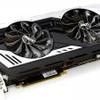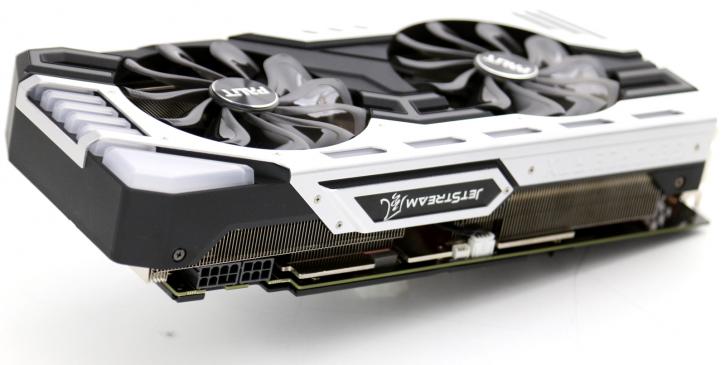Introduction
Palit GeForce RTX 2070 Super JetStreamProper performance and great acoustics
Join us as we review out what could be one of the most silent GeForce RTX 2070 we have tested to date, the GeForce RTX 2070 Super JetStream from Palit. The cooling is just great, really it's incredibly silent. Next, to that, the product has a spiffy factory tweak out of the box as well. This card is definitely one to check out. Also, we have a first, as to date all cards we tested had been fitted with GDDR6 memory from Micron, this puppy has Samsung GDDR6 fitted, will it overclock just as well?
Before we begin, there was a limited scope of reviews during launch week. NVIDIA and its board partners have been extremely late shipping the RTX 2070 card, some of them got stuck in customs (this card), other board partners could not get them shipped in time. Partly the core issue is that a week or so ago NVIDIA told the board partners to ship out a 499 USD product, as well they do need at least one RTX product to make some sense pricing wise. The biggest mistake, however, is that NVIDIA made the call to not supply founder edition cards. So yes, this was a disaster waiting to happen, it has been one the typical pre-launch mess. Ergo this slightly delayed Palit review, our apologies to Palit for that.
The 3rd RTX card also comes with the Turing architecture of the new GPUs, offering a fundamental change in the graphics card arena as next to your normal shading engine, NVIDIA has added RT (Raytracing) cores, as well as Tensor (AI), cores onto the new GPUs, and these are active. Is Turing is the start of the next 20 years of gaming graphics? Well, that all depends on the actual adoption rate in the software houses, they guys and girls that develop games and a dozen or so RTX games are in development and a dozen or so announced titles will make use of deep learning DLSS running utilizing the Tensor cores. For the new RTX series, it's mostly about Raytracing though. So welcome to a long row of RTX reviews. We start off with the reference cards and will follow with the AIB cards as for whatever reason NVIDIA figured it to be an okay thing for them to launch everything at once. First a quick recap of what's tested in this article, a bit of architecture and then we'll dive into real-world testing of course. NVIDIA last month announced the 499 USD GeForce RTX 2070. This 185 Watt car will have 2304 shader procs. It has a 1410 MHz base clock and a 1710 MHz boost clock for the standard founder version. The AIB cards are allowed to be clocked at 1620 MHz on that boost frequency. The card has 8GB of the now familiar GDDR6 memory running a 256-bit wide bus (448 GB/s), the price is 499 USD and 599 for the founders' version. That means the cheapest of cheap AIB card will sit at the 500 USD marker, realistically though we expect them all to sit on the 550~600 USD ranges.
The graphics card comes with an all-new and rather thick cooler (which is very silent), once powered on it offers a seriously nice look with some RGB integration, the temperatures remain cool, but most of all it does all that combined with a really serious factory tweak in place. You know, the reference clocks being a 1620 MHz Boost, this card offers a Boost clock of 1750 MHz. The memory clock runs reference at 14 Gbps. The cooler is triple-slot dual-fan design. The card comes fitted with two power headers one 8-pin, the other 6-pin header. The card offers one HDMI ports and three DisplayPort outputs and the new Virtual link (USB) connector. This Turing 106 GPU empowered product keeps that factory tweaked GPU at roughly 60 Degrees C marker depending on game load. Though the GDDR6 memory has been not been tweaked, the new Micron ICs are a stock 14 GHz (effective clock-rate) but can be bumped upward towards 15 to 16 GHz with the flick of your fingers. Have a quick peek above and then dive into the full review.


